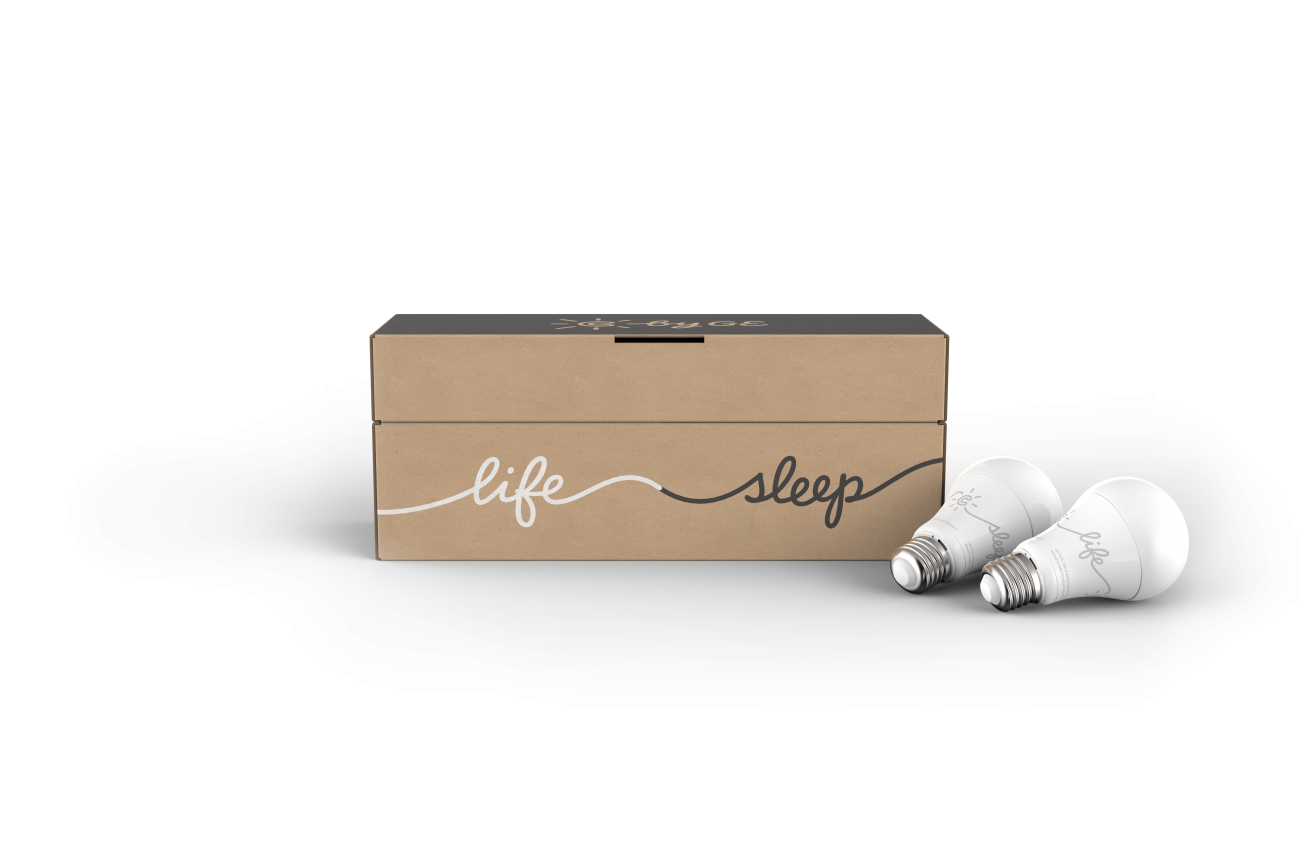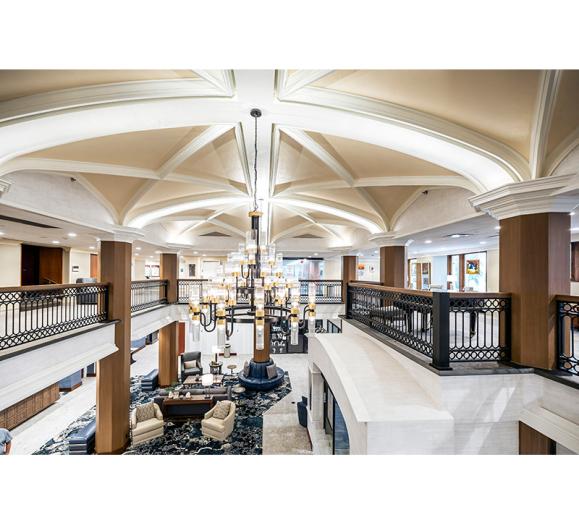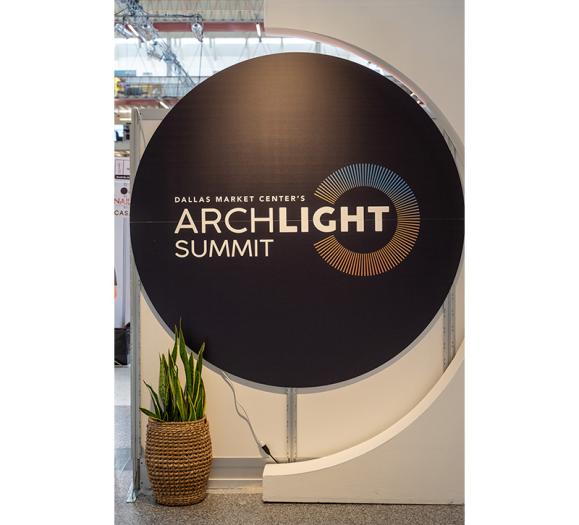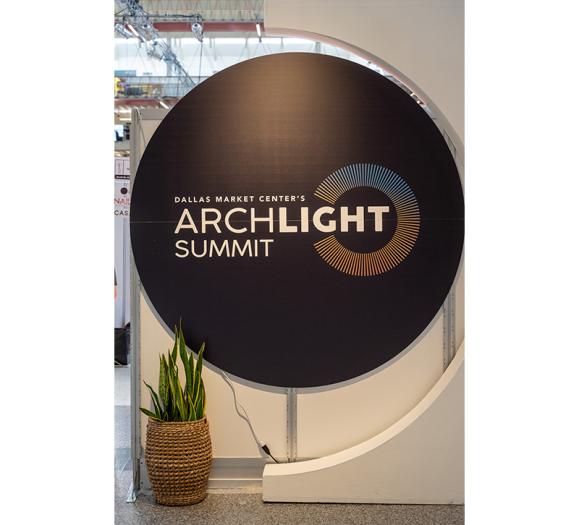Q: Color temperatures are very important as we transition from incandescent bulbs to CFLs/LEDs. I am finding more problems with CFL and LED light sources than what is being portrayed. True color rendering and warmer colors seem to take a backseat to efficiency. I welcome any comments that you may have on this issue as it impacts new light sources.
A: You and I are on the same page about higher CRI and warmer color tones. I have ranted about this issue in a few of my other columns, saying that 2700K should not be the gold standard when looking at fluorescent and LED sources, since neither of these alternatives get warmer when dimmed. Although in the interest of full disclosure, I am testing one LED A lamp that does actually get warmer in color when dimmed. It is made by Eco-Story. The transition from cooler to warmer isn’t perfectly smooth with all dimmers, but they are definitely going in the right direction.
For more than 100 years, people have been used to the idea that light is yellow in color, like firelight or candlelight. When most people buy a 75W or 100W A lamp, they then dim it down, so the color temperature changes from 2700K down to 2400K or even 2200K. They usually leave it at that level for most of the time. I have been pushing the lamp manufacturers to produce alternative lamps that are the color of dimmed incandescent, at least as an option. I would sacrifice a bit of lumen output to get a warmer color of light with a higher CRI.
There are a few out there, which I’ve mentioned in other columns. One is a dimmable 2250K CCFL A lamp (Micro Brite MB-801 DL) made by Litetronics. Another is the 2200K dimmable LED A lamp, called the Pharox Flame made by Lemnis. For cove lighting and task lighting applications, Feelux Lighting makes a dimmable fluorescent strip light that is available in a 2400K and 2200K version. Once more lamp manufacturers offer these lower color temperatures, I think the general public — as well as designers and architects — will “warm up” to the possibility of using these alternative light sources.
For the record, I do not advocate the total elimination of incandescent lamps. I do like the idea, though, of manufacturers coming out with incandescent lamps that are more energy-efficient. I know for a fact that I will never be able to make a mini cupcake in my Easy Bake Oven using a CFL or LED.







